Cultural riches: ‘Preserve heritage sites to woo tourists’
Speakers say presevation of Indus and Gandhara civilizations will rope in scholars and tourists.
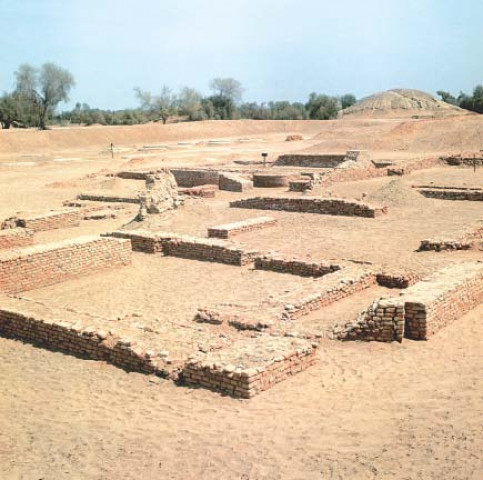
This was discussed on the second day of a conference on ‘Cultural Heritage Issues in Pakistan: Archeology, Museum and Conservation’ on Friday.
The three-day conference has been organised by the American Institute of Pakistan Studies in collaboration with the Department of Archaeology and Museums.
The speakers on Friday called for excavation and conservation of Indus civilization which has been damaged by road construction and other human activities. They asked the government to halt more damages to the heritage sites.
Speaking on the occasion, Chairman Department of Archaeology, Punjab University, Dr Farzand Masih said according to a recent survey artifacts were conserved and documented at Harappa and studies of the artifacts have been carried out.
He said the recent discoveries as well as earlier study demonstrate that the site was a very important urban centre of the Indus Civilization and should be properly excavated and conserved.
Presentation of Dr Qasid Mallah, Chairman, Department of Archaeology, Shah Abdul Latif University, Khairpur, focused on the settlements in the peripheries along Hakra River flowing parallel to the Indus.
He said the uniqueness of Indus Civilization is in its first urbanization occurred during 2600 to 1900 BC.
Addressing the conference, Zulfikar Ali Kalhoro, anthropologist at the Taxila Institute of Asian Civilizations said, rock carvings and inscriptions have been reported from different parts of Pakistan. He lamented that no one seems to be serious in recording a large number of rock art sites located in different hill torrents of Kirthar mountain range.
The cultural heritage of Kirthar range including the rock art is being vandalised by the treasure hunters and workers of different oil exploration companies, he maintained.
He called for preservation of the rock art and asked the concerned authorities to document more rock art site situated in different valleys of Kirthar mountain range.
Focusing on importance of cultural heritage of Harappa, Dr Rita Wright said “Our understanding of Harappa as a regional centre has changed our conceptions about its origins and reasons for selecting the Punjab as the place to settle and the significance of Harappa and its rural networks to be cultural heritage of Pakistan”.
Concluding the session, Dr Shahbaz Khan, Director Punjab Department of Archaeology, said that in a country like Pakistan with exceptionally rich archaeological heritage, the activities for its preservation and protection have become more important.
But like other developing countries Pakistan has limited resources for this purpose, he added.
Dr Khan said his department has “contributed not only in the field of cultural heritage but by discovering new archaeological sites”.
Earlier speaking on the first day on Thursday Swat University Vice-Chancellor Dr Muhammad Farooq said “Swat is a place of rich culture through changing perspectives of its history, as presented in the Buddhist narrative reliefs, rock carving and statues modeled or molded in clay, stucco or painted on wall surfaces.” He added “Remains of dams near Buddhist establishments show water storage for civic use and irrigation.”
The surviving reliefs preserve contemporary architectural features and ornamentation and traditions introduced in the Vedic periods, enriched by the Persians and amped up by the Kushanas, he added.
The art of spinning, weaving, embroidery, lapidary, masonry, carpentry, sculpting, carving, molding, painting and the like, reached its zenith in the Vedic period, supplementing the economy of Swat, he said. An entourage of pilgrims, tourists and traders, in pursuit knowledge, recreation and business also augmented the economy.
Prof Abidur Rehman of Abdul Wali Khan University Mardan said that the cultural heritage of Pakistan influences the understanding of heritage worldwide.
“It goes without saying that it is as important as the heritage of other countries,” he said.
He also pointed out that certain conflicts between protection and development proved to be a global issue, Pakistan being no exception.
He highlighted the role of the Department of Archaeology at the University of Peshawar, the provincial directorate of Archaeology and Museum, Government of Khyber Pakhtunkhwa, School of Cultural Heritage and Creative Technologies, Hazara University and Abdul Wali Khan University Mardan with reference to heritage education.
Published in The Express Tribune, January 8th, 2011.

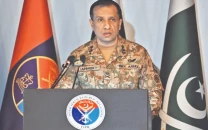

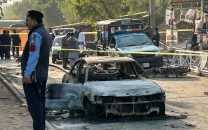
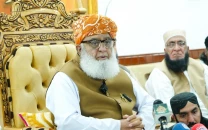
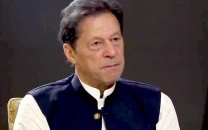




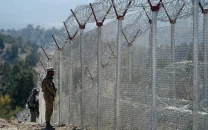

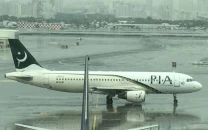






COMMENTS
Comments are moderated and generally will be posted if they are on-topic and not abusive.
For more information, please see our Comments FAQ